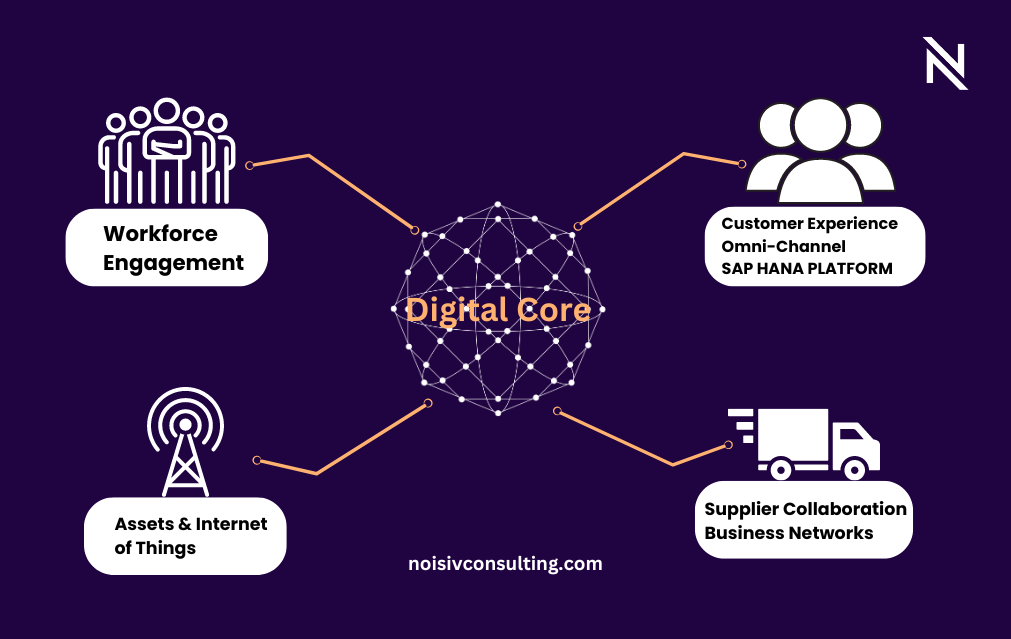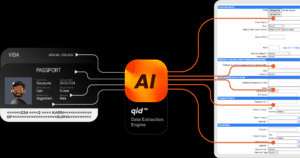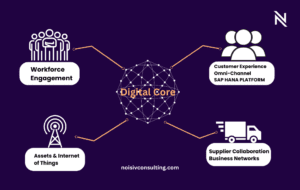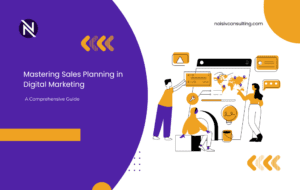In today’s rapidly evolving digital landscape, businesses must adapt and innovate to stay competitive. A central component of this transformation is the digital core. But what exactly is a digital core? This comprehensive blog will delve into the concept, its significance, and how it drives modern businesses toward greater efficiency and agility.
Understanding the Digital Core
The digital core refers to the foundational technology infrastructure that enables a business to operate in the digital age. It encompasses integrating various digital technologies, processes, and data to streamline operations, enhance decision-making, and foster innovation. Essentially, it acts as the central nervous system of an organization, connecting various functions and ensuring seamless communication and collaboration.
Download:- India’s 1st ID Gateway – qid
Key Components of a Digital Core
Enterprise Resource Planning (ERP) Systems:
ERP systems are crucial to the digital core. They integrate various business processes such as finance, human resources, supply chain, and customer relationship management into a single unified system. This integration ensures real-time data access and consistency across the organization.
Data Analytics and Business Intelligence:
Data is the lifeblood of the digital core. Advanced analytics and business intelligence tools allow organizations to gather, process, and analyze vast amounts of data. This enables data-driven decision-making, providing insights into market trends, customer behavior, and operational efficiency.
Cloud Computing:
Cloud computing offers a scalable and flexible infrastructure that supports the digital core. It allows businesses to store and access data and applications over the internet, reducing the need for on-premises hardware and enabling remote access. Cloud solutions also enhance collaboration and facilitate real-time updates.
Artificial Intelligence and Machine Learning:
AI and ML technologies play a significant role in the digital core by automating routine tasks, predicting trends, and providing personalized customer experiences. These technologies can analyze large datasets to identify patterns and make recommendations, driving efficiency and innovation.
Internet of Things (IoT):
IoT devices collect and exchange data, providing real-time information about various business operations. In a digital core, IoT can optimize supply chain management, improve asset tracking, and enhance customer experiences through connected devices.
Cybersecurity:
As digital cores become more complex and interconnected, robust cybersecurity measures are essential. Protecting data integrity, ensuring compliance with regulations, and safeguarding against cyber threats are critical components of a secure digital core.
Benefits of a Digital Core
Enhanced Efficiency:
By integrating various business processes and systems, a digital core eliminates data silos and reduces manual intervention. This leads to streamlined operations, faster decision-making, and improved productivity.
Agility and Flexibility:
A digital core enables organizations to quickly adapt to changing market conditions and customer demands. With real-time data and analytics, businesses can make informed decisions and pivot strategies as needed.
Improved Customer Experiences:
Leveraging AI, IoT, and data analytics, businesses can provide personalized and seamless customer experiences. Understanding customer preferences and behaviors allows for tailored offerings and improved satisfaction.
Innovation and Growth:
A robust digital core fosters innovation by providing the tools and insights needed to develop new products and services. It also supports scalability, allowing businesses to expand and grow without significant infrastructure investments.
Cost Savings:
Cloud computing and automation reduce the need for extensive on-premises infrastructure and manual labour, leading to cost savings. Efficient resource management and optimized operations further contribute to financial benefits.
Challenges in Implementing a Digital Core
Integration Complexity:
Integrating legacy systems with new digital technologies can be complex and time-consuming. Ensuring seamless communication and data consistency across different platforms requires careful planning and execution.
Data Management:
Managing vast amounts of data from various sources poses challenges in terms of storage, processing, and analysis. Ensuring data accuracy, privacy, and security is crucial for a successful digital core.
Skill Gaps:
The implementation and maintenance of a digital core require specialized skills in areas such as data analytics, AI, cybersecurity, and cloud computing. Organizations may face challenges in finding and retaining talent with the necessary expertise.
Cost and Investment:
Building a digital core involves significant investment in technology, infrastructure, and training. While the long-term benefits are substantial, the initial costs can be a barrier for some organizations.
Strategies for Building a Digital Core
Define Clear Objectives:
Identify the specific goals and objectives that the digital core aims to achieve. This could include improving operational efficiency, enhancing customer experiences, or driving innovation.
Assess Current Capabilities:
Conduct a thorough assessment of existing systems, processes, and data. Identify gaps and areas for improvement to determine the necessary technologies and integrations.
Develop a Roadmap:
Create a detailed roadmap outlining the steps and timeline for building the digital core. Prioritize initiatives based on business impact and feasibility, and ensure alignment with overall business strategy.
Invest in Technology and Talent:
Invest in the right technologies and tools that align with the organization’s objectives. Additionally, focus on building a skilled workforce through training, hiring, and partnerships with technology providers.
Ensure Data Security and Compliance:
Implement robust cybersecurity measures to protect data and ensure compliance with relevant regulations. Regularly monitor and update security protocols to address emerging threats.
Foster a Culture of Innovation:
Encourage a culture that embraces innovation and continuous improvement. Promote collaboration, experimentation, and knowledge sharing across the organization.
Conclusion
The digital core is the backbone of modern businesses, enabling them to thrive in a rapidly changing digital landscape. By integrating advanced technologies, data, and processes, organizations can achieve greater efficiency, agility, and innovation. While there are challenges in building and maintaining a digital core, the long-term benefits far outweigh the initial investment. As businesses continue to evolve, the digital core will remain a critical component in driving success and growth.
Embracing the digital core is not just an option; it is a necessity for businesses aiming to stay competitive and relevant in the digital age. By understanding its components, benefits, and implementation strategies, organizations can embark on a transformative journey toward a more connected, efficient, and innovative future.








